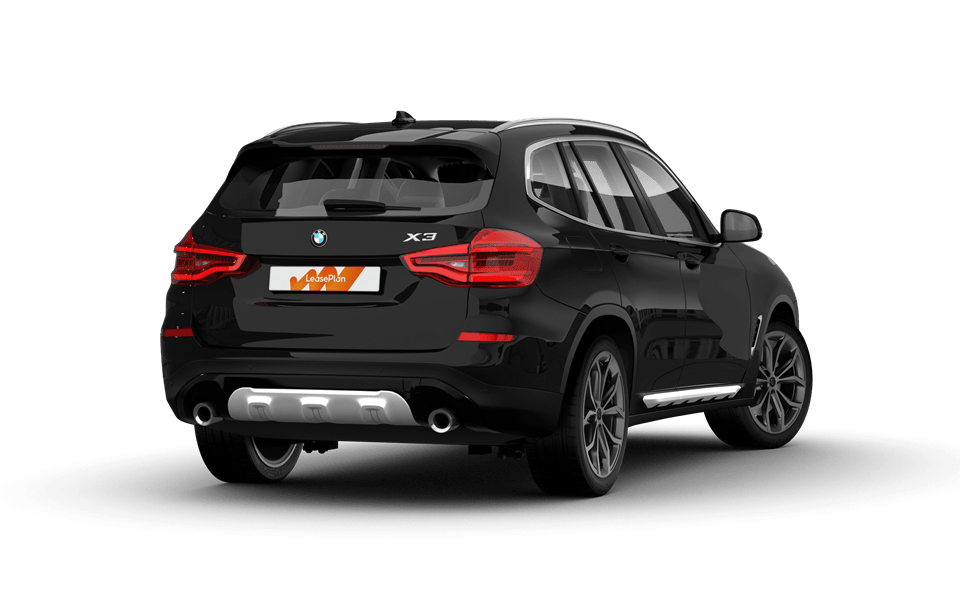
The “Ultimate Driving Machine” is going hybrid
BMW has revealed the new X3 xDrive30e plug-in hybrid electric vehicle (PHEV) as part of a mass update to its hybrid offerings. They promise the all-electric range up to 50 km, and carbon dioxide (CO2) emissions at just 49g/km.

Features
BMW is doing its best to stay ahead of the competition in the fast-paced world of electric cars by launching six PHEV models that are either currently on sale or about to be. The X3 xDrive30e is one of the latest models to join BMW’s bank of hybrids. It has some stunning features like:
- New plug-in hybrid X3 model
- CO2 emissions as low as 49g/km
- Claimed electric range of approximately 50 km
- Total power output of 252hp
- Benefit in Kind (BIK) rate from 12%
- 0 - 100 km/h, in just 5.9 seconds

Performance
Underneath the body of all BMW X3 xDrive30e models is a 2.0-litre four-cylinder petrol engine paired with an electric motor connected to an eight-speed automatic gearbox and BMW’s four-wheel-drive xDrive system. Altogether, the drivetrain produces a combined 252hp and 420Nm of torque.
These numbers mean that sprinting from 0 - 100 km/h takes 5.9 seconds, which, for reference, is 0.4 seconds faster than an impressive competitor. The Top speed is at 210 km/h. BMW includes a system which gives a boost in performance when required, called XtraBoost, which brings another 41hp at the touch of a button.
Echoing the trim levels available with petrol and diesel X3 models, hybrid BMW X3s are offered in SE, xLine, and M Sport guises. Here are the features per model:
SE MODEL | M SPORT MODEL | xLINE MODEL | |
|---|---|---|---|
18” light V-spoke alloy wheels | 19” M light Double-spoke alloy wheels | 19” light Y-spoke alloy wheels | |
BMW Navigation - Real Time Traffic Information | BMW Live Cockpit Professional | Satin aluminum exterior trim | |
Vernasca leather upholstery | High-gloss Shadowline exterior trim | LED front fog lights | |
Adaptive LED headlights | M aerodynamic body styling | Sport seats, front | |
Reversing assist camera | M Sport suspension | Side sills in matt Glacier Silver Metallic | |
Automatic powered tailgate | High-gloss Black roof rails | xLine exterior styling with underbody protection |
Conclusion
The X3 is an excellent addition to the SUV line offering a size that can handle the demands of a family car, half a football team, or just the furry Mascots. The size and practicality are an addition to the past driving experience, reliable build quality, and decent performances.

